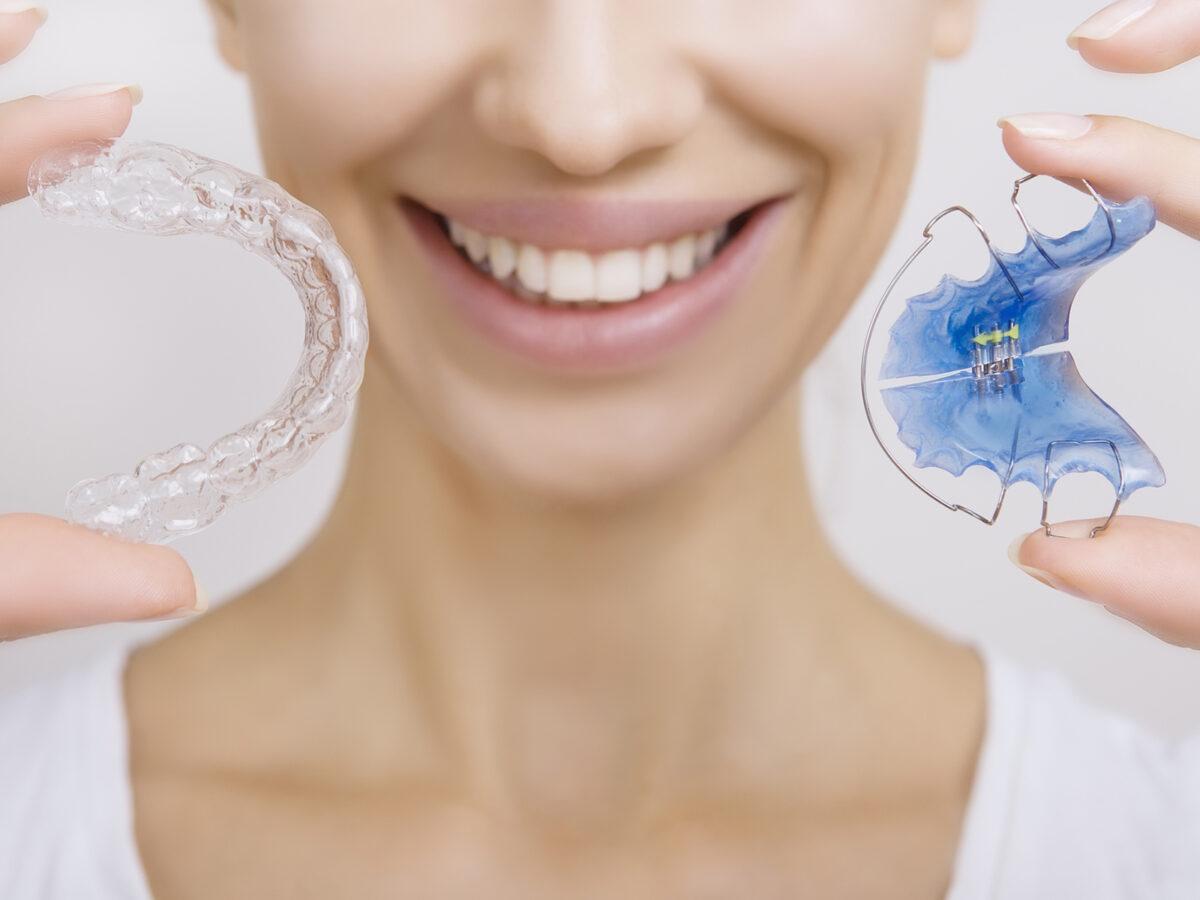So you got a dazzling smile now after you corrected your teeth misalignment with braces and are feeling confident and good about yourself. You think your journey with these orthodontic cases ends here and you have well-aligned teeth for a lifetime. But here you go wrong! The next step in your orthodontic treatment is wearing retainers which will stop your teeth from moving back into their original positions.
The initial days after your orthodontist removes your braces is the most critical time to wear the retainers to keep your teeth straight. If you do not wear them, you might surely lose what you gained through the treatment. Your doctor would give you a schedule on how often and when you need to wear the retainers and it is vital for you to follow the instructions to keep your beautiful smile intact.
You might be wondering how long I need to wear the retainers, what can happen if I do not wear them, or how long will my teeth take to get back to their original place if I do not wear the retainers. All of this and more will be answered in this article so continue reading.
Why Should I Wear Retainers After My Orthodontic Procedure Is Over?
Many lifestyle and biological factors make our teeth shift all the time. Your orthodontist molds the retainer as per your newly straightened teeth and it is necessary to wear them, especially for the first six months after the treatment.
- Braces do not just straighten your teeth but also give you a proper bite to chew your food easily. When you chew your food propeller, you are bound to get all the required nutrients from it. Braces also help you with speech issues and help you maintain cleaner teeth leading to less plaque buildup and fewer chances of cavities. So when the braces come off and you do not wear your retainers, you are at the risk of losing all the good work that the orthodontic cases accomplished.
- If you wear your retainer as per instruction, your bones get time to rebuild and stabilize once your teeth have moved to the desired position.
How Do My Teeth Move If I Do Not Wear Retainers After Braces
Patients tend to become less diligent about wearing retainers after a while. The teeth begin to move when you do not wear them and the movement of teeth increases as the amount of time you spend without braces increases. The effect is more pronounced for people with severe orthodontic issues such as severely misplaced teeth, crowding, etc.
Let us see the effect of not wearing retainers for different time spans:
- After one week – As soon as your braces are taken off, your teeth start to move back into their original position. Each of us can have a varying degree and speed of shift in our teeth and the slightest shift can affect how the retainers fit in our mouth. It is crucial to wear them at night in the first week to prevent any relapse.
- After one month – If you do not wear your retainers for a month, you will start noticing changes in your bite. Your teeth have almost moved to their original positions and you must book an appointment with your dentist to get a new retainer. Your doctor might now advise you to wear them during the day apart from just at night also since teeth have moved back a lot.
- After one year – If you have gone without wearing them for almost a year, your teeth have moved back and become crooked as before. Now you would need to restart your treatment with braces.
How Long Should One Wear Retainers
Initially, after your orthodontic treatment, you are supposed to wear your retainers twenty-four hours a day.
- The duration of wearing them comes down to only at night as and when your dentist feels appropriate.
- Since every case is different, when you can wear your retainer only at night depends on the patient’s teeth condition.
- Those with severe teeth alignment issues might have to wear them all day for six months or so, while others might need to wear them for just four months. Some might even have to wear it for eight to ten months.
How Does A Tooth Relapse Look Like
Patients who either just do not feel like wearing their retainers or misplace them will notice the following changes when there is a relapse:
- Your bite would begin to change and revert to what it looked like before the beginning of your orthodontic journey. For instance, you will experience overbite and feel problems in chewing as you used to earlier.
- Your teeth might begin to look crowded.
The first three months after braces are a crucial time to wear your retainers. You might have to wear them all through the day for four to ten months, depending on your situation. Later, your dentist might advise wearing it only at night. Not wearing retainers as per your orthodontist’s instructions would nullify all the good work achieved through braces. If the teeth do not shift so much, then your dentist can give you a new set of retainers, but in some cases, you might even have to restart your braces treatment.


